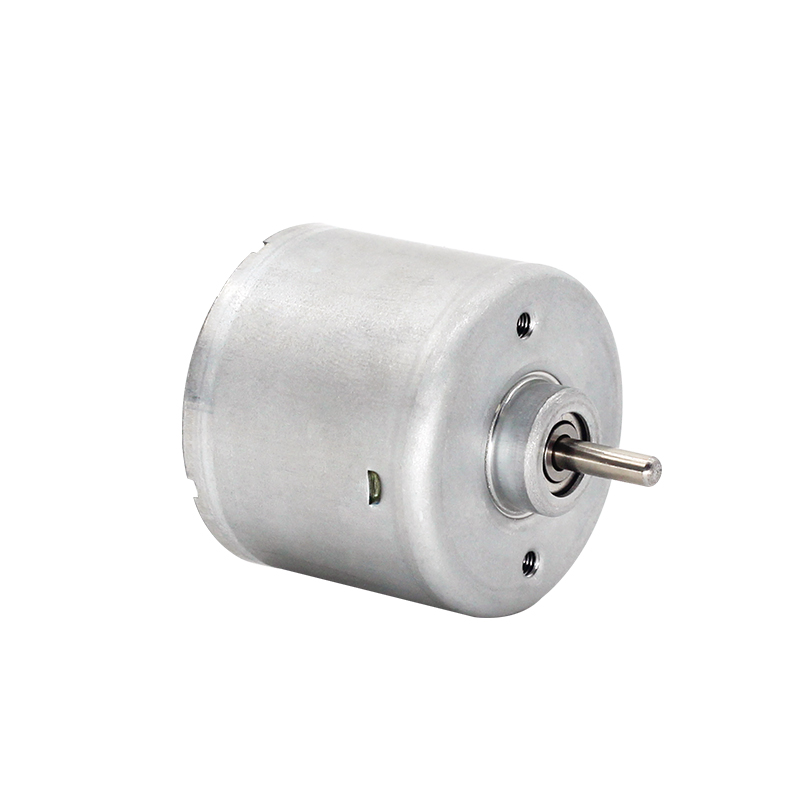Navigating Challenges: Limitations and Considerations of the 36mm Brushless DC Motor in Various Applications
2024-04-15
The 36mm Brushless DC (BLDC) motor stands as a versatile and efficient solution for a wide array of applications, thanks to its compact design, high performance, and reliability. However, like any technology, it comes with its set of challenges and limitations that engineers and designers must consider when integrating it into specific systems. In this blog, we'll delve into some potential challenges associated with using the 36mm BLDC motor and discuss how to address them effectively.
Space Constraints:
While the compact size of the 36mm BLDC motor is advantageous in many applications, it may pose challenges in situations where space is extremely limited. Integrating the motor, along with necessary components such as controllers, sensors, and cooling systems, can be challenging in compact devices or assemblies. Designers must carefully assess spatial requirements and consider alternative mounting options or motor configurations to ensure a proper fit without compromising performance or functionality.
Heat Dissipation:
Efficient heat dissipation is essential for maintaining optimal performance and longevity of BLDC motors. In applications with high ambient temperatures or prolonged operation at elevated loads, heat buildup can become a significant concern. Limited space for heat sinks or cooling fans may further exacerbate this issue. To address heat dissipation challenges, designers can implement thermal management solutions such as heat sinks, forced-air cooling systems, or liquid cooling loops. Additionally, selecting motor designs with higher thermal efficiency and low resistance losses can help mitigate heat generation and improve overall reliability.
Environmental Considerations:
The operating environment plays a crucial role in determining the suitability of the 36mm BLDC motor for specific applications. Exposure to moisture, dust, vibration, or extreme temperatures can pose challenges to motor performance and reliability. While BLDC motors are generally more resilient than their brushed counterparts, they may still require additional protection in harsh environments. Enclosures, seals, and coatings can help safeguard sensitive components from environmental hazards and ensure reliable operation in challenging conditions.
Power Requirements:
BLDC motors require electronic controllers to drive them effectively, which adds complexity and cost to the overall system. In some applications, especially those with stringent cost constraints or limited power sources, the additional power requirements of the motor and controller may pose challenges. Engineers must carefully evaluate power budgets and consider alternative motor technologies or drive architectures that better align with the application's requirements. Additionally, optimizing control algorithms and motor configurations can help minimize power consumption without compromising performance.
Regulatory Compliance:
Certain applications, particularly those in safety-critical or highly regulated industries, may require compliance with specific standards or certifications. Ensuring that the 36mm BLDC motor meets relevant regulatory requirements, such as electromagnetic compatibility (EMC), safety, and environmental standards, can be challenging. Manufacturers must conduct thorough testing and validation to demonstrate compliance and obtain necessary certifications. Collaborating with reputable suppliers and leveraging pre-certified components can streamline the certification process and expedite product development.
Conclusion:
While the 36mm Brushless DC motor offers numerous advantages in terms of efficiency, performance, and reliability, it's essential to acknowledge and address potential challenges and limitations associated with its use in various applications. By carefully evaluating spatial constraints, heat dissipation requirements, environmental factors, power considerations, and regulatory compliance, engineers can effectively mitigate risks and optimize the performance of BLDC motors in diverse systems. Through thoughtful design, innovation, and collaboration, the 36mm BLDC motor can continue to drive technological advancements and meet the evolving needs of modern industries.



